The Art of Resistance:
Kerrigan Casey’s Vision of Healing and Change
By Carey Fountain
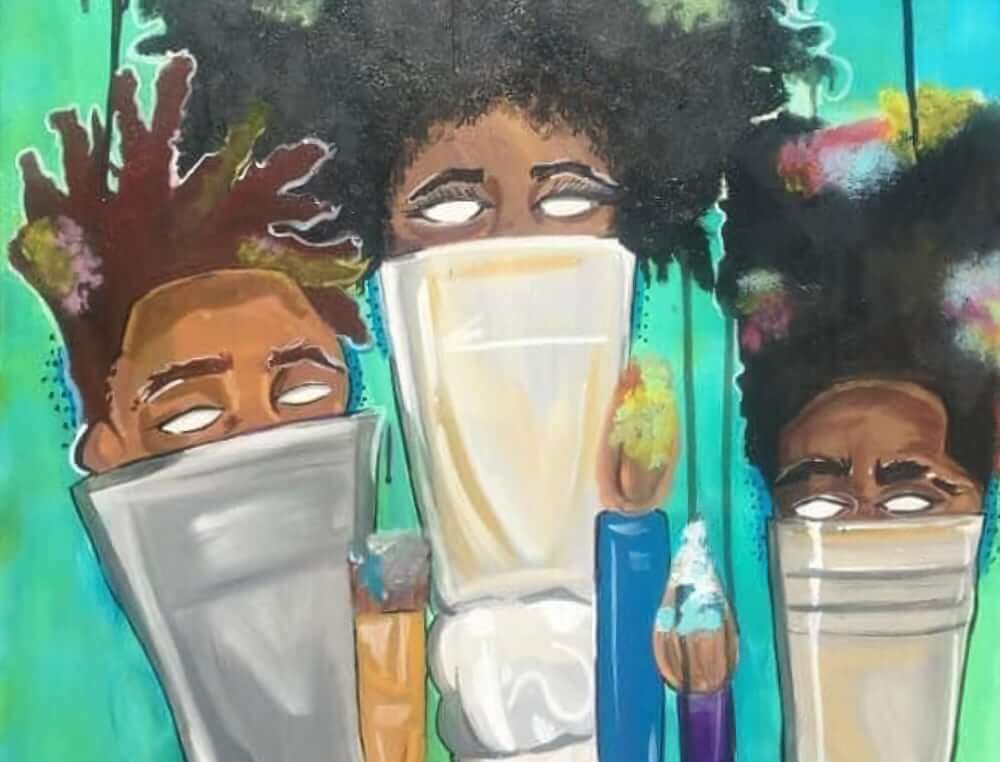
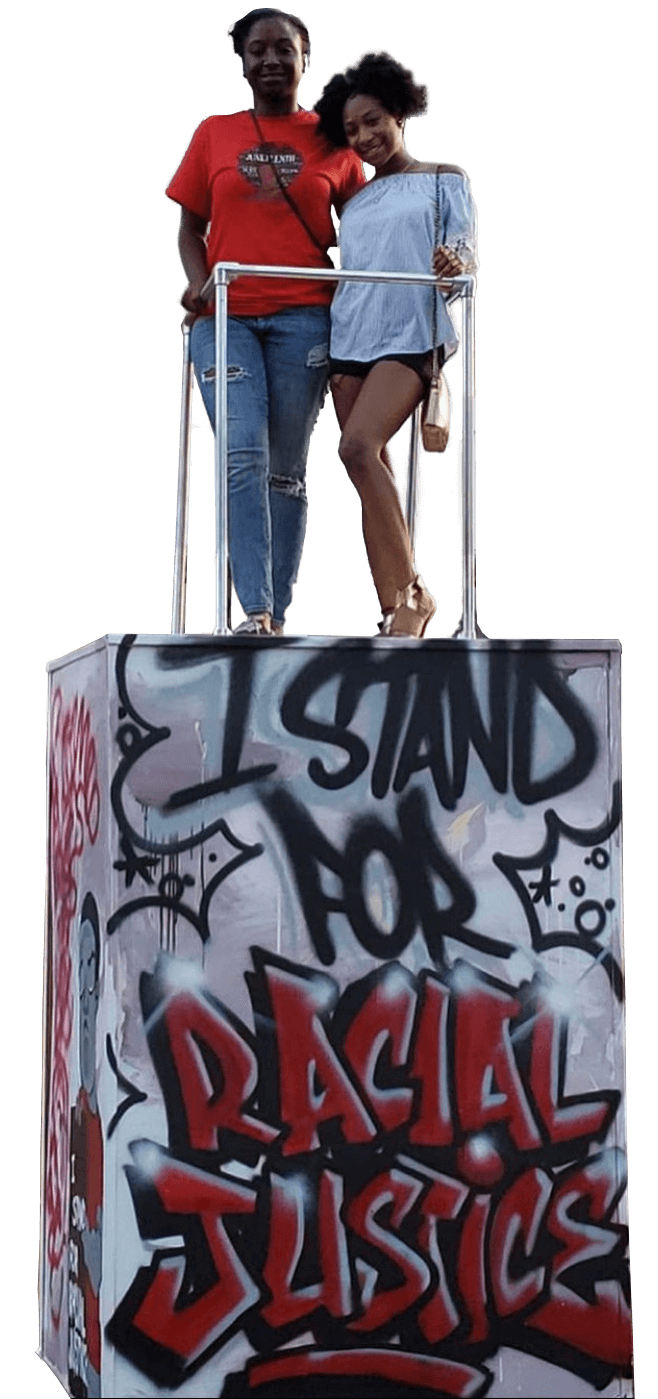
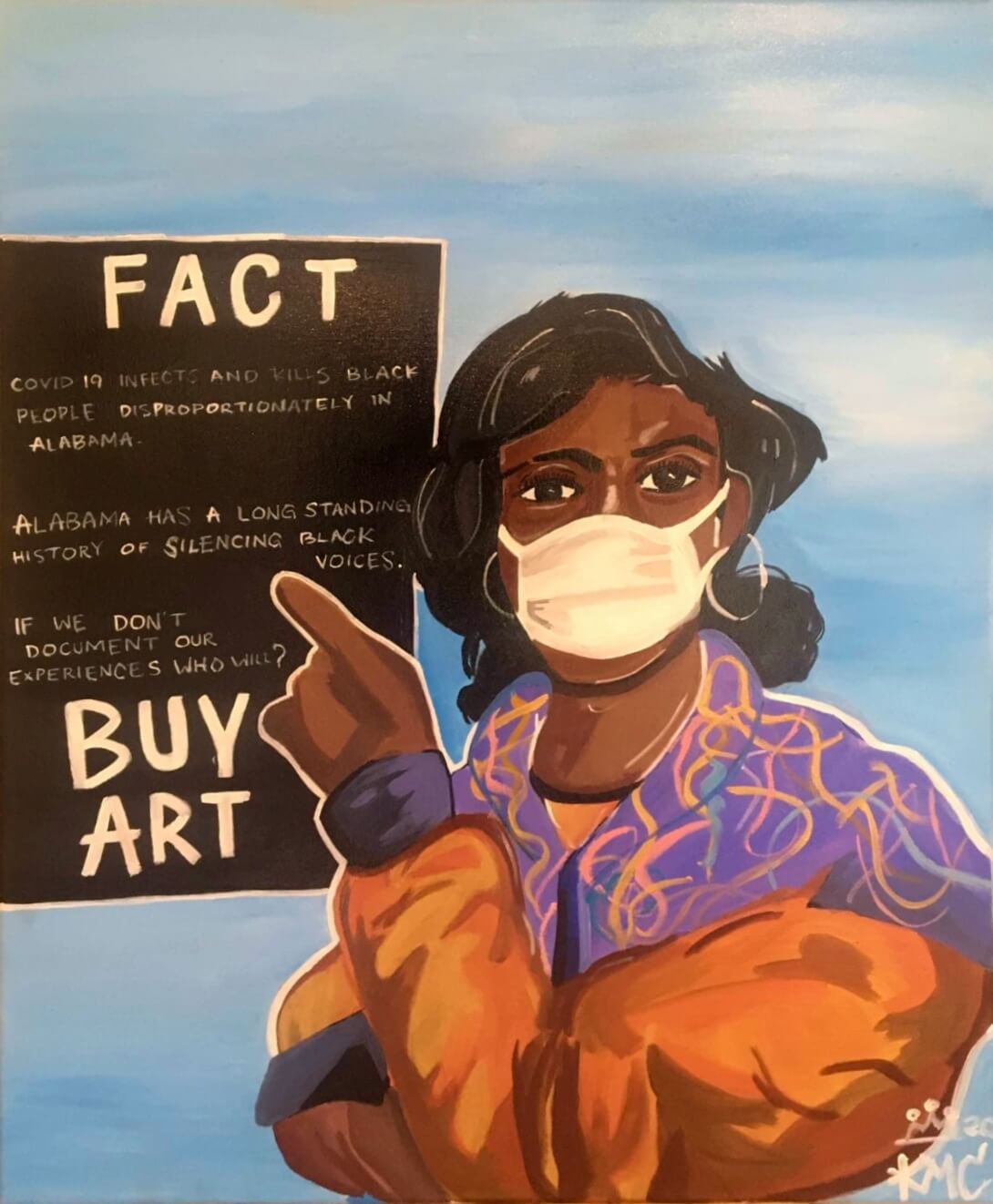
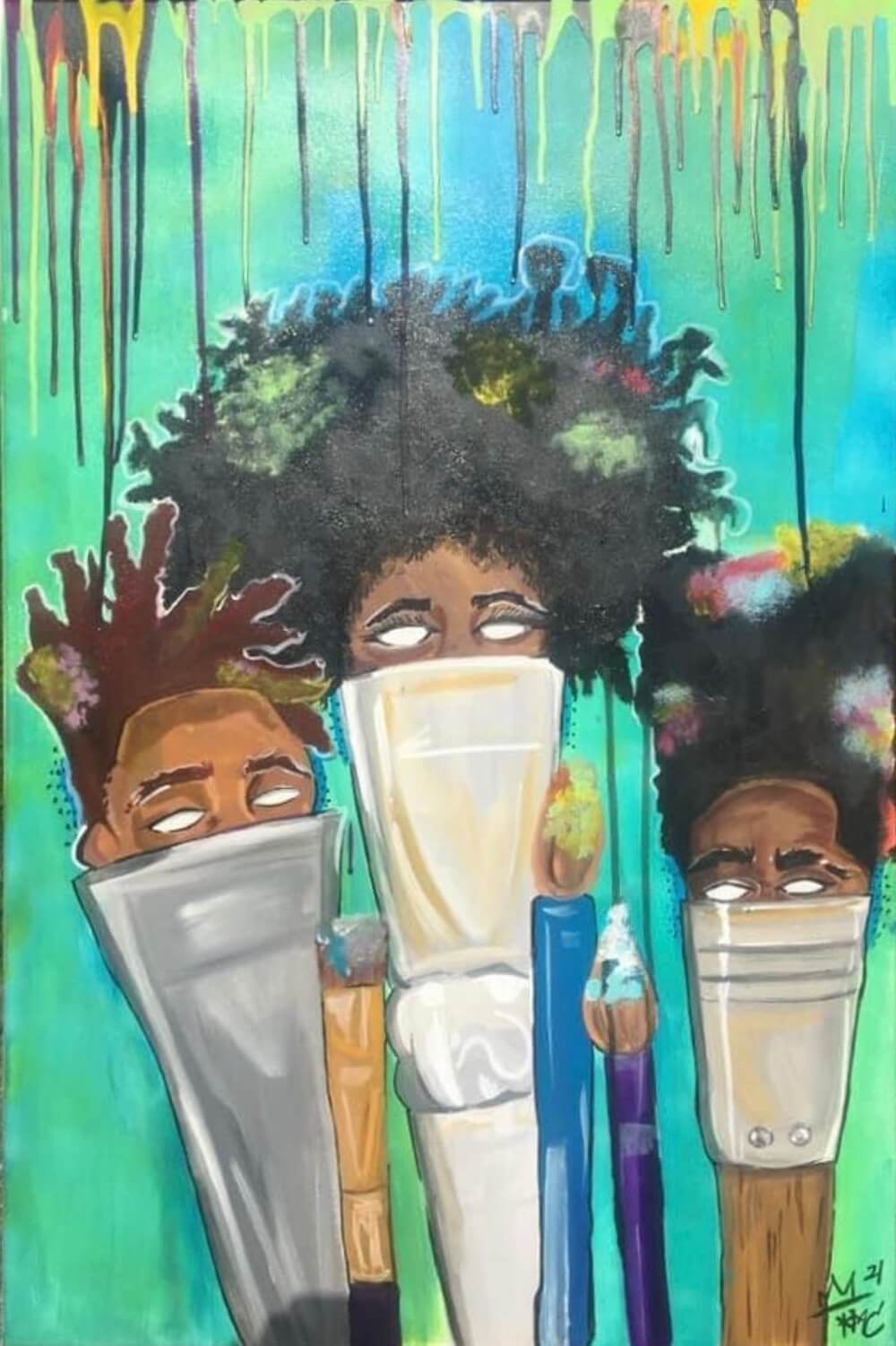
Southern Artists for Social Change awardee Carey Fountain writes about fellow awardee Kerrigan Casey and her project “The Art of Resistance.”
Kerrigan Casey is a trailblazer in the realms of art, community engagement, and activism, and her influence in Alabama’s civil rights movement is undeniable.
Through her groundbreaking project rooted in Florence, Alabama, “The Art of Resistance,” Casey tackles the systemic injustices of the Alabama death penalty and capital punishment systems by combining art and activism.
Her journey, fueled by her mother’s incarceration during her childhood, the tragic loss of a close friend to violence, and exposure to mass incarceration during an exhibition in Birmingham, drives her passion for using art as a medium for social change.

“The Art of Resistance” exposes systemic issues within Alabama’s capital punishment practices, capturing the experiences of the families of people on death row, incarcerated friends, and individuals living on death row. It also serves as a poignant critique of the death penalty, utilizing art’s raw power to challenge its ethical and moral standing. She firmly believes that society and its laws should mirror individuals’ inherent capacity for growth. This belief forms a crucial part of her argument against the death penalty: “People evolve, and we have to make room for that… opposing the death penalty really just highlights the respect for human life. If we are allowed to change and evolve, why would we be killing people? Why is that legal?”

Casey has also made a dedicated effort to community participation, inclusion, and engagement as a part of this project. She creates space for the elements of communication and validation that are critical in fostering healing in the communities it serves. She does this through numerous activities: regular Zoom calls involving families and individuals on death row to share their stories and experiences, establishing a scholarship at the Arts Alive Festival in Florence to provide artists of color an opportunity to showcase their talents and foster collaborations, partnering with local schools and colleges to introduce the real-world implications of the death penalty to the younger generation, and a series of public events – from panel discussions to art exhibits.
As Casey herself puts it, “It’s the families and what I learned from them, allowing openness for communication, being heard and validated… The State of Alabama can’t delegitimize their grief… It’s healing in that way to show compassion.”
Throughout the project’s journey, Casey remains hopeful about its evolving path and the potential to foster healing, dialogue, and transformation within the community and beyond. Her work has garnered attention and praise, spotlighting broader issues concerning capital punishment practices in the United States and stimulating debates nationwide.

As a grantee for the National Performance Network’s Southern Artists for Social Change, Casey embodies the transformative power of art to address social justice issues and inspire change. “The Art of Resistance” is more than just an art project. It’s a platform for healing and dialogue. It’s a call to question, to challenge, and to reimagine. It’s a testament to the power of art in triggering conversations, challenging norms, and nurturing healing and transformation.
Through her dedication and leadership, both Casey and “The Art of Resistance” stand as beacons of hope, courage, and resilience.
“The Art of Resistance” is supported by NPN’s Southern Artists for Social Change.
About Kerrigan Casey
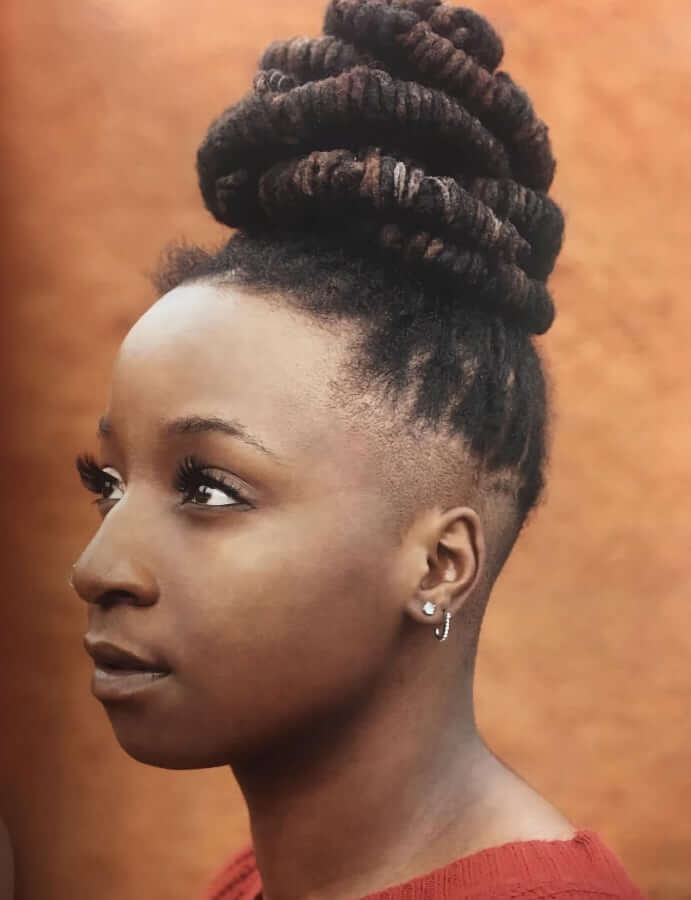
I was born and raised in Florence, AL. My story as an artist started with defying the constructed limitations within our community. The cultural barriers that I face as a black woman growing up in the rural south really fostered the deep connection I have with art. My art is centered directly around black culture, around relationship building and organizing people who come together. I believe in experimenting in my work. I enjoy practicing art that challenges and allows space for conceptual pieces.
About Carey Fountain
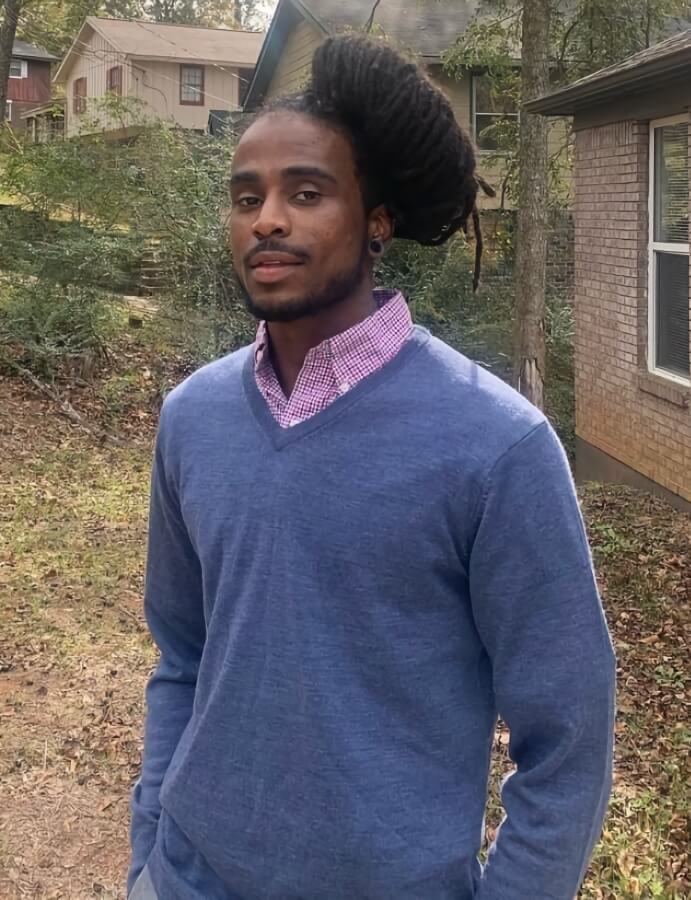
Carey Fountain’s artistic journey began with writing songs at the age of 11 and composing music soon after. Fountain works as a multidisciplinary artist and community organizer, working to build community through discourse and relationships that explore the human perception and how an informed perspective can transform identity. Fountain works as a musician, painter, muralist, videographer, photographer, clothing designer through his brand Vibes & Virtues and as the Manager of Public Programs at the Birmingham Museum of Art where he creates dynamic, inclusive programs at the Museum to support the BMA’s role as a vibrant and vital community resource.